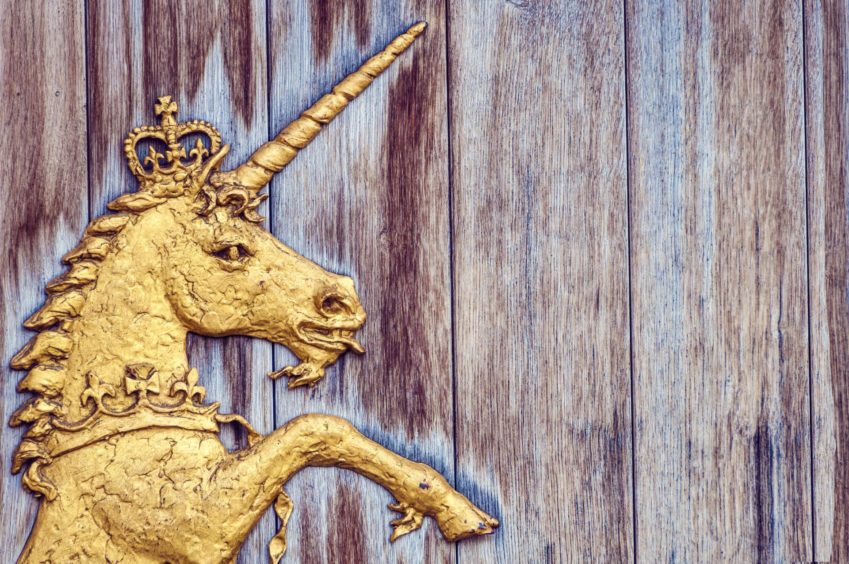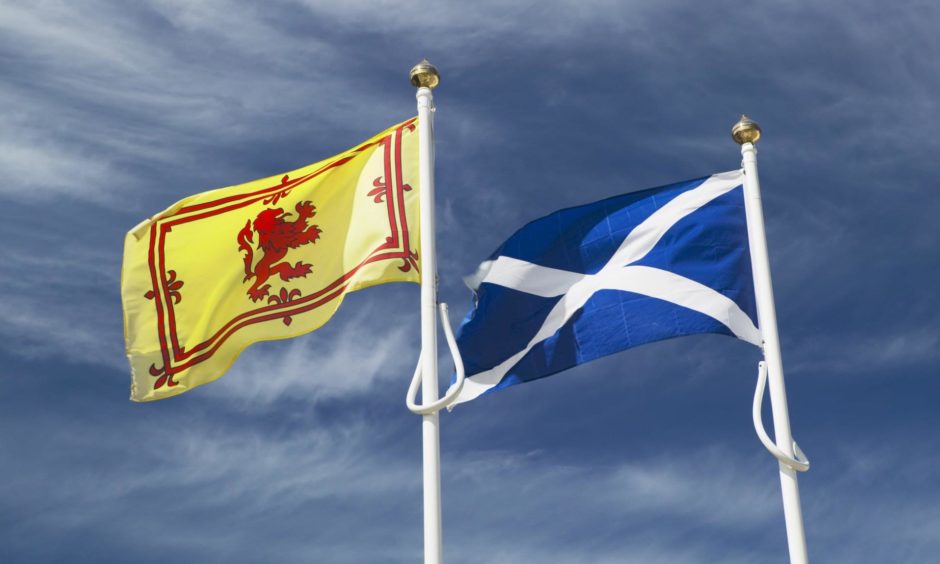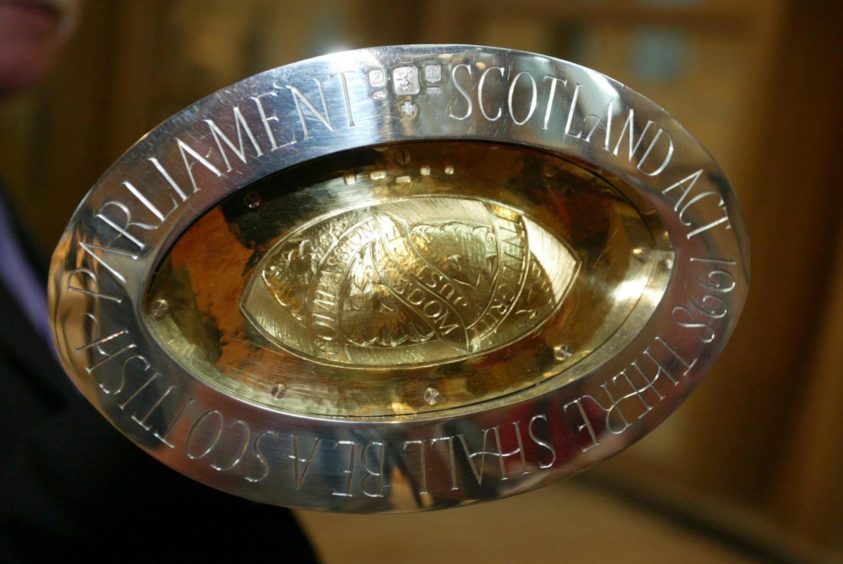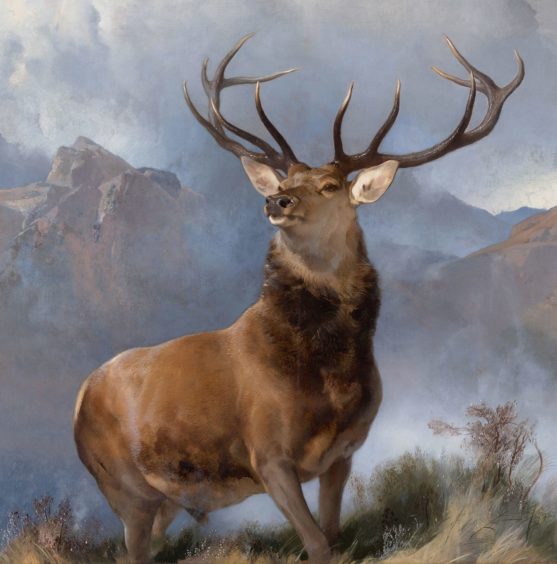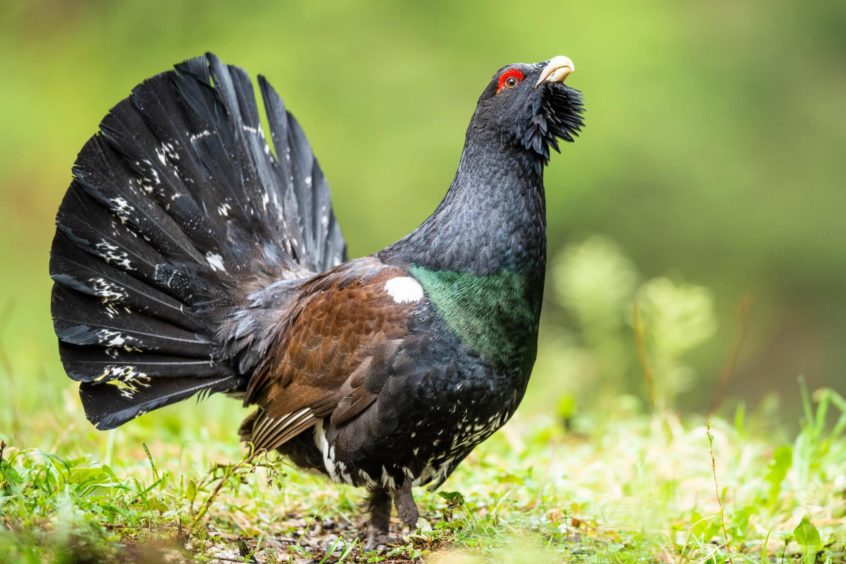A proposal to identify and adopt a new official emblem for Scotland has been presented to MSPs at Holyrood.
Petitioner Catherine Cooper called on the Scottish Government to open a “national conversation” to create insignia that best represents modern Scottish society.
Unfortunately for Ms Cooper, MSPs rejected her proposal when it was discussed by Holyrood’s petitions committee.
Nevertheless, we thought it would be an interesting exercise to host an online poll to find out what members of the public think would make the most appropriate Scottish emblem.
MSPs did express interest in the sentiments behind her attempt create an emblem to symbolise common endeavour in communities, particularly when Scotland faces the challenges of the Covid pandemic.
But they agreed with the Scottish Government’s view that any further national symbols should be arrived at informally and should not be led by ministers or political parties.
Not about party politics
Politicians of all persuasions on the committee said the petition should be closed. The SNP’s Gail Ross, MSP for Caithness, Sutherland and Ross, acknowledged the petitioner had said the issue was not about party politics.
But Ms Ross argued if the Scottish Government was behind the move people would think it was, given the state of the constitutional debate.
As committee convener Johann Lamont of Labour suggested that any new insignia should emerge from communities rather than government, we wanted to find out what people thought would make the most suitable emblem.
Discussion around the issue mentioned several existing formal and informal emblems. In our online poll you can choose one of the existing symbols mentioned in official Holyrood papers or suggest a new one.
The history behind the symbols
The thistle
From the stylised version on the Scottish rugby jersey to the thistles found on all sorts of heraldic symbols, the prickly flower has been associated with Scotland for centuries.
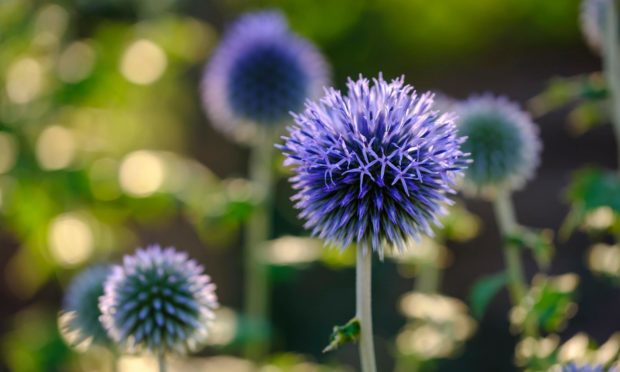
The first recorded use of the thistle as a royal emblem was in 1470 when it was used on coins issued by King James III.
One legend suggests it dates to a 1263 battle in Largs, Ayrshire. Scottish soldiers were asleep when a Norse army came ashore. One of the invaders stood on a thistle and yelled, thus alerting the Scots who woke up to repel the enemy.
The unicorn
Traditionally the unicorn is characterised as proud, independent and difficult to capture. More recently Remainers have adopted the mythological animal as a shorthand for promises made by Brexiteers.
Historically it has been associated with Scotland, at least since the mid-1500s when it was introduced to the royal coat of arms. One unicorn was replaced by a lion in 1603 when James VI of Scotland united the Scottish and English crowns.
On the royal coat of arms, the animals are shown with gold chains wrapped around them, possibly symbolic of the ability of Scottish royalty to tame the untameable. They have also been used to symbolise purity and power.
The lion rampant
Often flown by the Tartan Army at international football matches, the lion rampant is officially restricted to use by representatives of the monarch.
Its proper title today is the Royal Banner of Scotland and it was historically the Royal Standard of Scotland.
Its earliest recorded use as a royal emblem in Scotland was by Alexander II in 1222 and it was used by the King of the Scots until 1603. Since then it has been incorporated into the unified royal arms and banners to symbolise Scotland.
The saltire
Recognised across the world as the flag of Scotland, the saltire was first mentioned in the legend of St Andrew appearing to the Pictish King Oengus II on the eve of a battle against the Angles in 832.
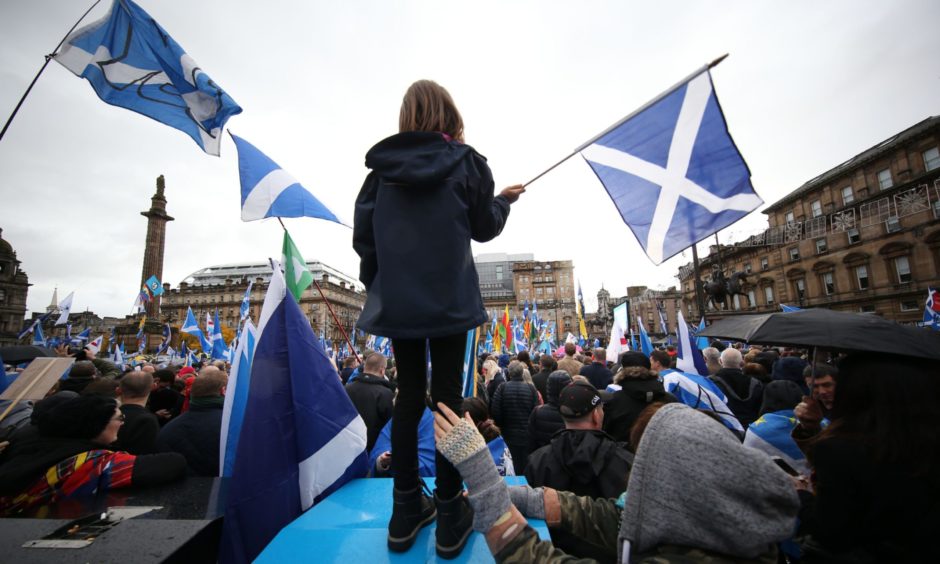
In the 15 Century, it was made into a banner by Queen Margaret, wife of James III. It is flown from Scottish Government buildings in line with flag-flying guidance.
The saltire is also known as the St Andrew’s Cross because it depicts the diagonal structure upon which Scotland’s patron saint was crucified.
The saltire became a bone of contention during the 2014 referendum when pro-UK supporters were unsettled by its use at independence rallies. Those on the union side of the constitutional debate argued it should be a flag for all Scotland.
The Holyrood mace
Presented by the Queen when the Scottish Parliament opened in 1999, the mace was designed by Michael Lloyd and is made of silver and gold panned from Scottish rivers.
The words “Wisdom, Justice, Compassion and Integrity” are engraved on it.
The Monarch of the Glen
The English Victorian painter Sir Edwin Landseer created this famous Highland image of a 12 point stage, which has come to symbolise Scotland.
For many people the beast captures the majesty and splendour of Scotland’s landscape and wildlife and it has been used in many marketing campaigns.
According to the National Galleries Scotland website, another, more contemporary interpretation of the picture is that it is an example of “cultural colonialism – a myth imposed by an Englishman intended to obscure a more authentic national identity”.
Capercaillie
This impressive member of the grouse family can occasionally been seen in the pinewoods of the Highlands and is famous for its spectacular mating rituals.
Hunted to extinction in Scotland in the 18th Century, it was reintroduced from Sweden.
Its scarceness means it is still classified in the UK as a red list species under the Birds of Conservation Concern review and listed on the UK Biodiversity Action Plan (UKBAP) as a priority species.
It is often cited as an emblem of Scotland’s endangered creatures.

